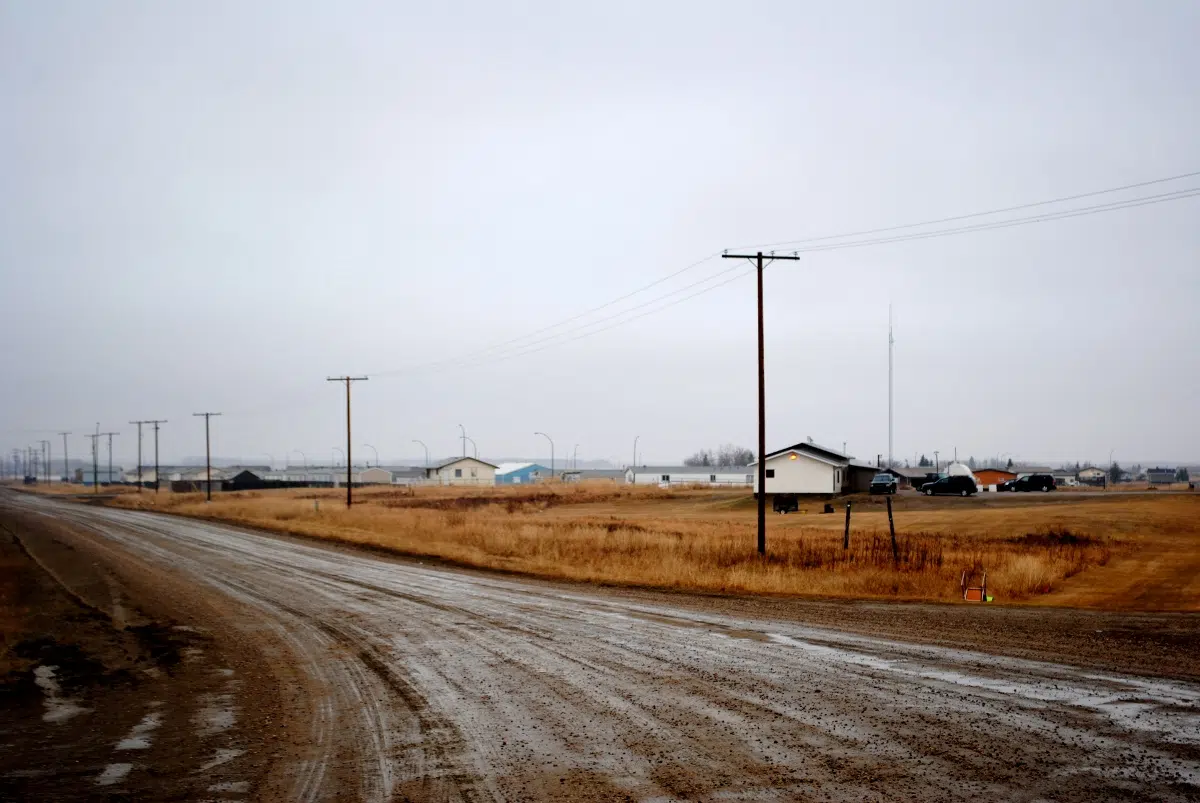
First Nations lawsuit dates back 129-years
It’s a lawsuit that could be worth $40 million and dates back to the Northwest Resistance of 1885.
There are 14 Saskatchewan First Nations currently involved in the lawsuit against the Federal Government and Ron Maurice, with the Maurice Law Group, is representing the bands in the case.
“The historical facts go back to the Northwest Rebellion of 1885. This [lawsuit] is basically a claim that was submitted by the Beardy’s and Okemasis First Nation, as well as 13 other First Nations in Saskatchewan that were characterized as disloyal following the events of the rebellion,” Maurice explained.
The government at that time then instituted a number of repressive measures, including labelling the bands “disloyal,” to force First Nations to stay on their reserves and not allowing them to leave without permission from an Indian Agent, he said.


